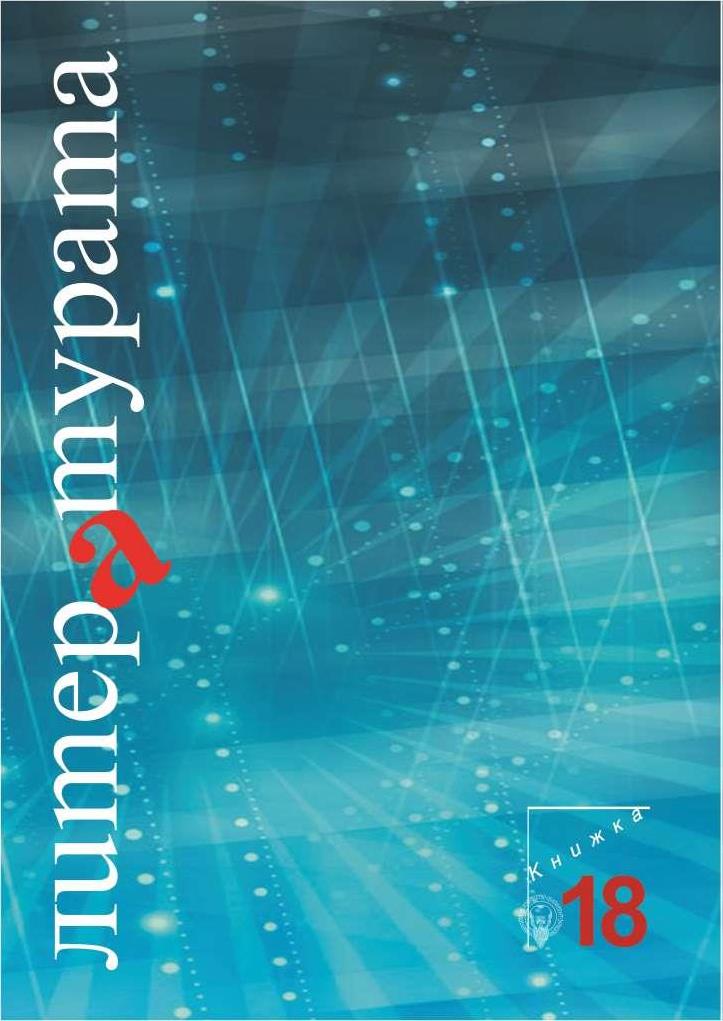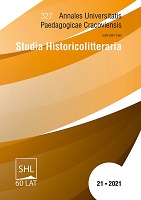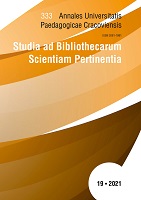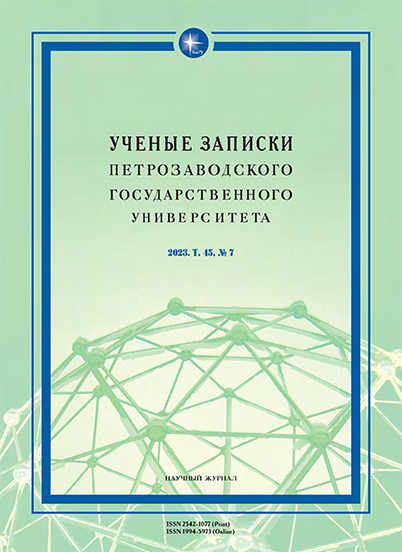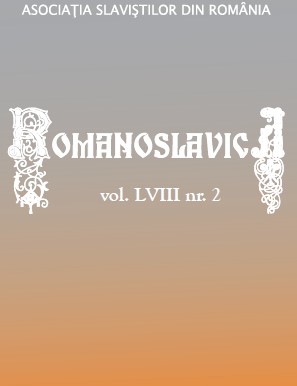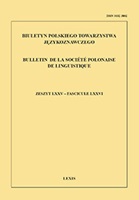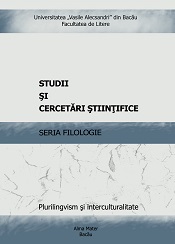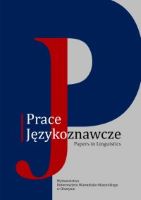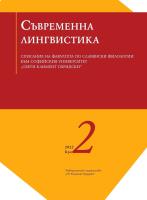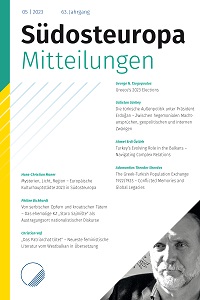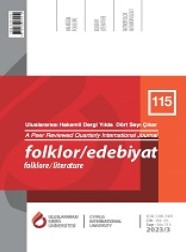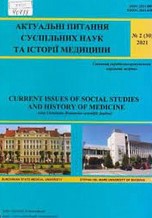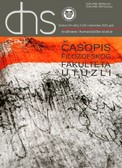Author(s): Alla Berestova,Natalya Lysenko,Olha LYTVYNENKO,Roman KRYVKO / Language(s): English
Issue: 1/2023
У статті розглядаються особливості українсько-англійсько-латинського перекладу патоанатомічних термінів-метафор із модифікатором – прикметником, утвореним від назви тварини, на матеріалі видання “Англо-український ілюстрований медичний словник Дорланда” (2002 р.). Проблемі медичної термінологічної лексики присвячено чимало досліджень вітчизняних лінгвістів. Серед тем, що привертають увагу науковців, – історичний аспект становлення та розвитку медичної лексики, лексика окремих підсистем, греко-латинські медичні терміни, перекладацькі трансформації в латино-англійському та українсько-англійському перекладі. Патологоанатомічна термінологія залишається поза увагою дослідників через наявність і використання в медичній практиці “неофіційних” термінів, або тих, що тільки увійшли до обігу, тому і становить актуальність дослідження. Наукова новизна роботи зумовлена відсутністю комплексного дослідження патологоанатомічних метафоричних бінарних термінів, які б пояснювали виникнення метафоричного значення в українській мові. Методи дослідження. На аналітичному етапі використано метод цілеспрямованої вибірки для відбору метафоричних бінарних термінів та створення їх покажчика. На етапі аналізу перекладу, як і на інших етапах, застосовано порівняльний метод, який послужив основою для адекватного перекладу. Висновки. Досліджено переклад таких термінологічних сполук, як вовча паща, грудна клітка шевця, кінська стопа, вишневе око, заяче око тощо. Уточнено теоретичні засади вивчення термінологічної метафори в сучасному мовознавстві, у результаті чого виокремлено класифікаційні ознаки метафоричних бінарм, що входять до шару патоанатомічної термінології. Зазначено, що типовим варіантом для виникнення метафори є зовнішня подібність та акустична схожість (синдром котячого крику).
More...
